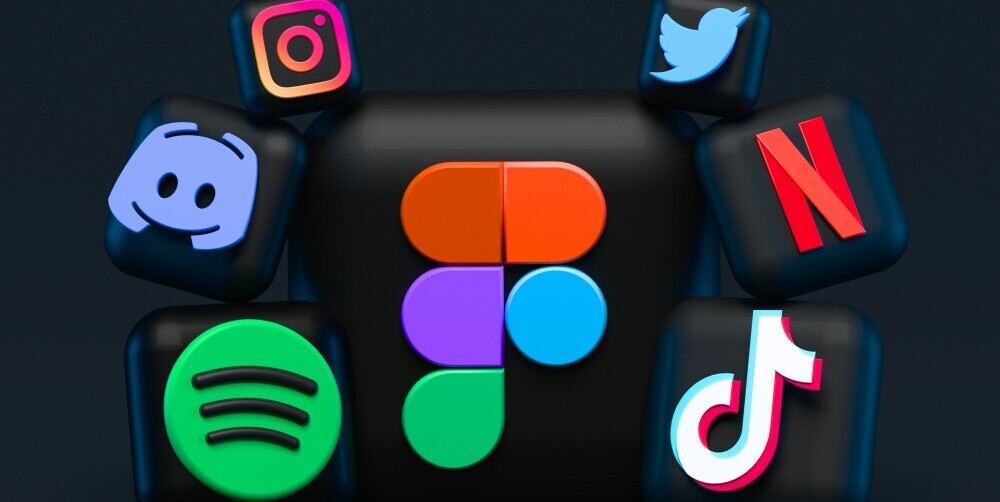Understanding what sponsored content means is key. It’s when companies pay to feature their products or services within a content creator’s work, but it’s posed like regular content. Think of it as a stealthy ad that feels like it belongs there.

Trace back to the early days and you’ll see sponsored content isn’t just a modern buzzword. It’s been growing steadily, finding roots in traditional media before blasting into stardom with the rise of digital platforms. Everybody, from newspapers to top YouTube creators, has been in on the game.
Why is it such a big deal today? Well, as standard ads feel more like wallpaper, brands need new ways to slice through the ad clutter. Enter sponsored content, bringing an authentic flavor to the marketing table.
Nothing beats real-world success stories, right? Consider Airbnb’s knack for weaving city guides with local influencers or Red Bull’s thrilling adventure vlogs. These aren’t just partnerships, they’re collaborations that redefine marketing success.
The Appeal of Sponsored Content and Brand Collaborations
Brands and influencers working together isn’t just business—it’s about creating engaging experiences for consumers. When these collaborations hit the right note, they spark genuine interest and keep people coming back for more.
Why does it work so well? The secret sauce is engagement. Unlike traditional ads, sponsored content feels more like a chat with a buddy, and that’s where real connections form.
A big draw is how authentic these collaborations feel. When influencers genuinely love the products they’re sharing, their followers trust them more. That’s gold for brands trying to build credibility.
Platforms are key players too. From Instagram and TikTok to podcasts, the playgrounds for these collaborations are many and varied, which means brands can reach audiences in the spaces they naturally occupy.
It’s like hitting the bullseye when brands focus on the right demographics. Knowing who to reach and how to do it effectively with strategic partnerships is everything in the marketing world.
Create Your Own Business Online Today!!!
The Art and Strategy of Crafting Effective Collaborations
Choosing the perfect collaborator can make or break a campaign. Brands look for influencers who naturally align with their values and have an engaged audience that matches their target demographic.
Crafting the content itself is an art. It needs to weave brand messages into the storyline without losing the essence of the creator’s authentic voice. When done right, it feels seamless and engaging rather than forced.
Evaluating the success of these collaborations is critical. Metrics like engagement rates, conversions, and even consumer sentiment can tell you how the content is landing with the audience. The trick is knowing which metrics matter most for your specific goals.
Transparency is non-negotiable. Consumers are savvier than ever, and ethical considerations like proper disclosure can affect the trustworthiness of both the brand and the influencer. Keeping things transparent fosters trust and long-term loyalty.

Future Trends and the Evolution of Brand Collaborations
The landscape of brand collaborations is constantly shifting, with smaller content creators, like micro and nano influencers, stepping into the spotlight. While they may have fewer followers, their ability to connect with niche audiences is profound, making them increasingly valuable to brands seeking targeted outreach.
Technology is reshaping how collaborations happen. With virtual reality, augmented reality, and AI, brands are crafting immersive experiences that are innovative and engaging, transforming how consumers interact with content.
As consumers grow more discerning, they expect more from brands than mere promotional messaging. They value authenticity, social responsibility, and meaningful interaction. Collaborations that address these expectations are more likely to resonate and build solid relationships with audiences.
Regulations around sponsored content are tightening, emphasizing clearer disclosures and transparency. Brands and influencers have to stay updated on these changes to ensure their collaborations are compliant and maintain consumer trust.

